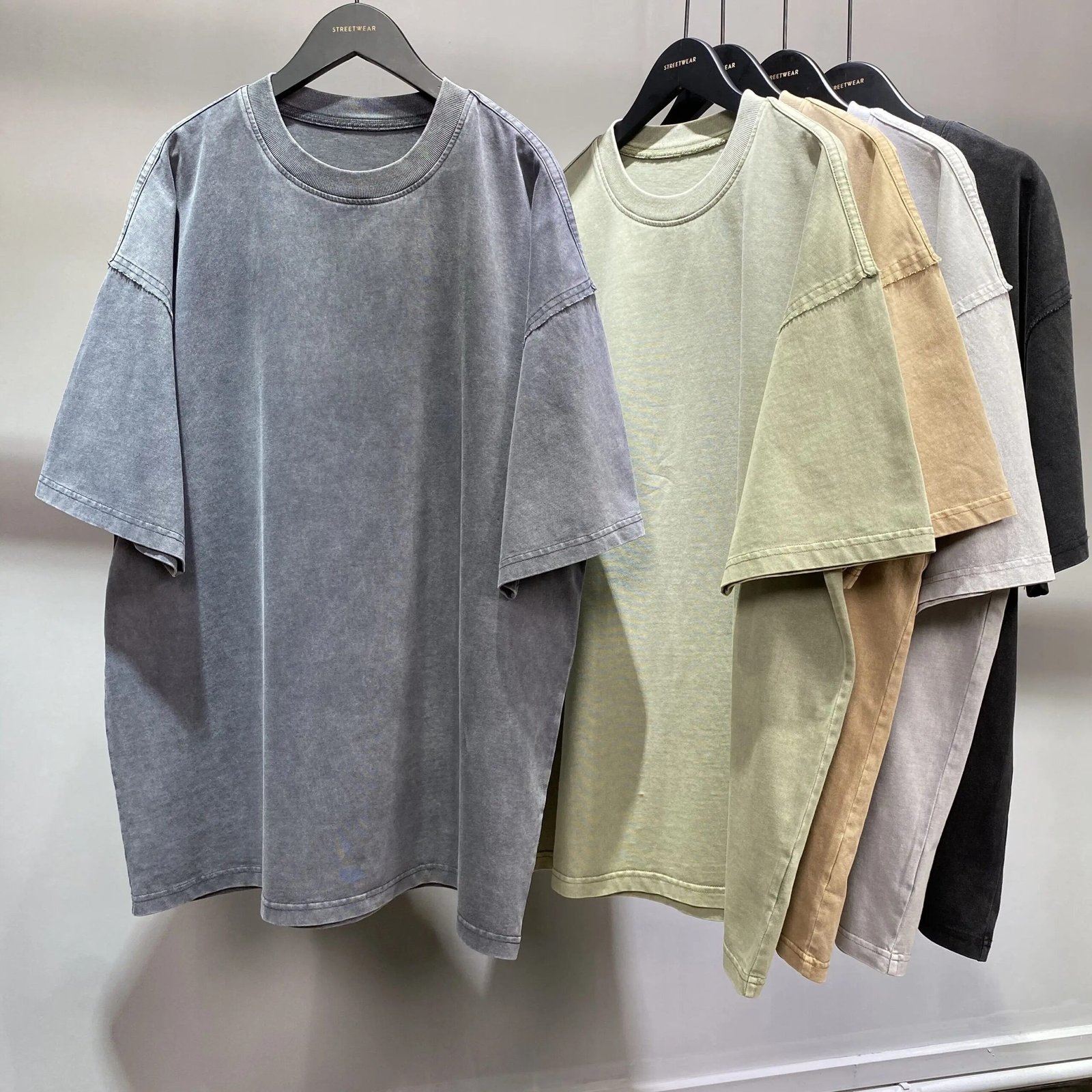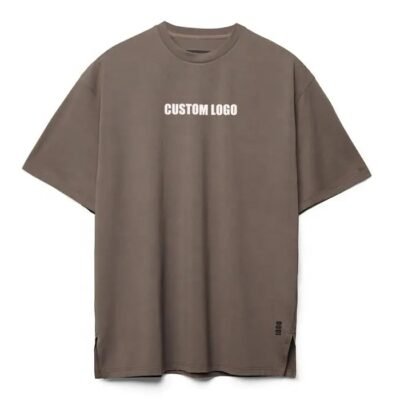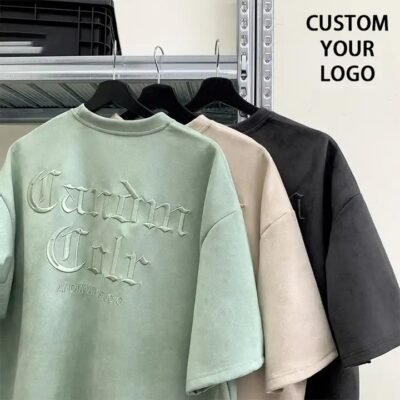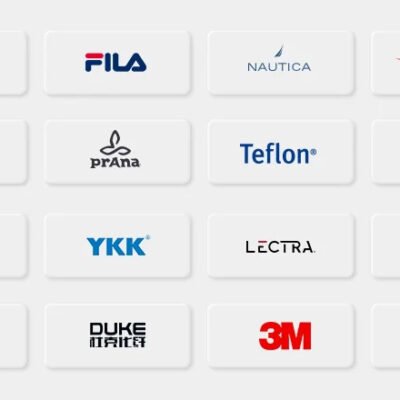As a supplier passionate about providing quality apparel, we understand the evolving landscape of fashion and the growing desire for individual expression. In a world flooded with mass-produced garments, there’s a rising trend among individuals seeking distinct ways to make a statement. Customization has become the hallmark of personal style, and what better canvas to express it than the classic T-shirt?

In this guide, we, as dedicated suppliers, aim to enlighten you on the art of crafting personalized T-shirts. From the selection of premium fabrics to the exploration of diverse styles, we invite you to embark on a journey of creativity and uniqueness. Let’s delve into the exciting process of designing T-shirts that not only meet the highest standards but also allow wearers to showcase their individuality with every thread.
T-Shirt Fabric Selection:
- Cotton: Cotton is one of the most common T-shirt fabrics. It is breathable, absorbent, and comfortable, ideal for everyday wear. However, pure cotton T-shirts are prone to wrinkles.
- Blended Fabrics: Blended fabrics typically mix cotton with other fibers such as polyester. This blend enhances the durability and wrinkle resistance of the T-shirt.
- Linen-Cotton Blend: Combining the softness of cotton with the breathability of linen, this blend is suitable for summer, providing a cooler feel.
- Modal: Modal is a synthetic fiber known for its silky texture and soft feel. It has better moisture-wicking properties than cotton, making it suitable for comfortable T-shirts.
- Polyester: Polyester is a synthetic fiber with durability and wrinkle resistance. Polyester T-shirts are often used for sports and outdoor activities.
- Organic Cotton: Organic cotton is produced using more environmentally friendly agricultural methods. T-shirts made from organic cotton are typically soft and gentle on the skin.
T-Shirt Style Design:
- Neckline Design:
- Crew Neck: The classic crew neck is suitable for various occasions and is one of the most common T-shirt styles.
- V-Neck: The V-neck design is more feminine and highlights the neckline.
- Drawstring Neck: A neck with a drawstring adds a unique element to the design.
- Sleeve Design:
- Short Sleeve: Suitable for summer, the short sleeve is the most basic T-shirt style.
- Long Sleeve: Provides additional warmth, suitable for fall and spring.
- Sleeveless: Ideal for hot weather, showcasing arm contours.
- T-Shirt Length:
- Regular Length: Typically falls below the hips, suitable for everyday wear.
- Long Length: Longer design, can be paired with jeans or joggers.
- Patterns and Prints:
- Graphic Tees: T-shirts with artistic patterns, slogans, or illustrations.
- All-Over Print: Patterns covering the entire T-shirt, creating a unique visual effect.
- Hem Design:
- Straight Hem: Traditional straight hem design, simple and elegant.
- Curved Hem: The hem has a curved shape, adding a dynamic feel.

Various Techniques in T-Shirt Production
- Regular Printing: Utilizes traditional printing methods like screen printing or digital printing. Suitable for simple designs and mass production.
- Digital Printing: Uses specialized digital printers to produce intricate patterns and photographs. Rich in color and suitable for small-batch production.
- Embroidery: Designs are stitched onto the T-shirt using sewing machines, commonly employed in the production of business or high-end T-shirts.
- Heat Transfer Printing: Designs are printed onto special paper and transferred to the T-shirt through heat pressing. Suitable for colorful and complex designs.
- Dye Sublimation Printing: Dyes are used to print designs directly onto T-shirt fibers, resulting in a durable, fade-resistant finish.
- Flocking: Adds fine velvet to the T-shirt surface, creating a textured pattern. Common in fashion or sporty designs.
- Foil Printing: Applies a special glue to the design, followed by a layer of metallic foil, which is then fused with the design through heat pressing.
- Distressed or Vintage Finish: Special treatments give the T-shirt an aged appearance, showcasing a unique vintage effect.
- Distressed or Vintage Finish: Special treatments give the T-shirt an aged appearance, showcasing a unique vintage effect.
- 3D Printing: Uses special inks or additives to create a three-dimensional effect on the T-shirt surface.
As we conclude this guide, we hope to have ignited a spark of inspiration within you. The world of T-shirt customization is not just about fabric and stitches; it’s a realm of limitless possibilities where individuality takes center stage. As a supplier dedicated to quality and innovation, we encourage you to empower your customers to become the designers of their own wardrobe.
In the spirit of customization, let your offerings go beyond the ordinary. Provide the tools, the fabrics, and the styles that enable individuals to tell their stories through clothing. By embracing this trend, you not only meet the demands of a discerning market but also become a facilitator of self-expression.
So, supplier or designer, let’s continue to weave the fabric of fashion, one custom T-shirt at a time. Here’s to a future where every wardrobe is a canvas, and every T-shirt is a masterpiece.








